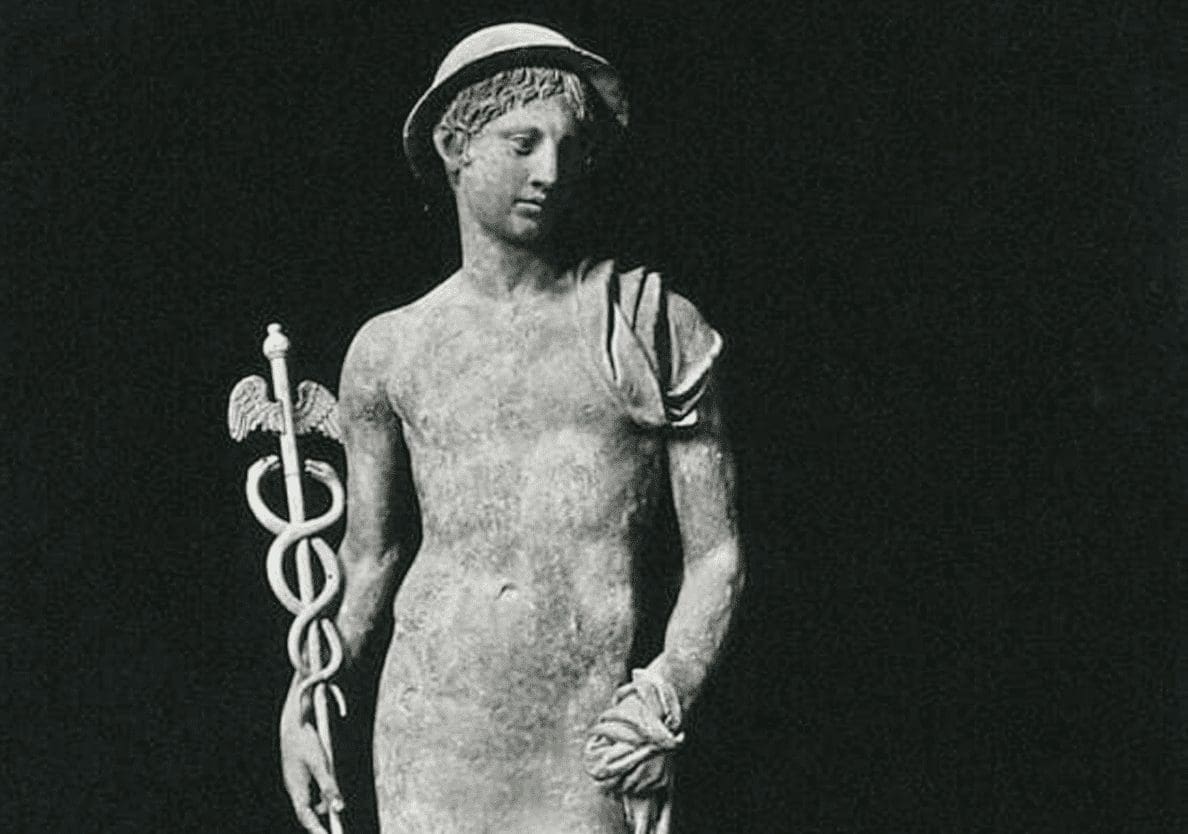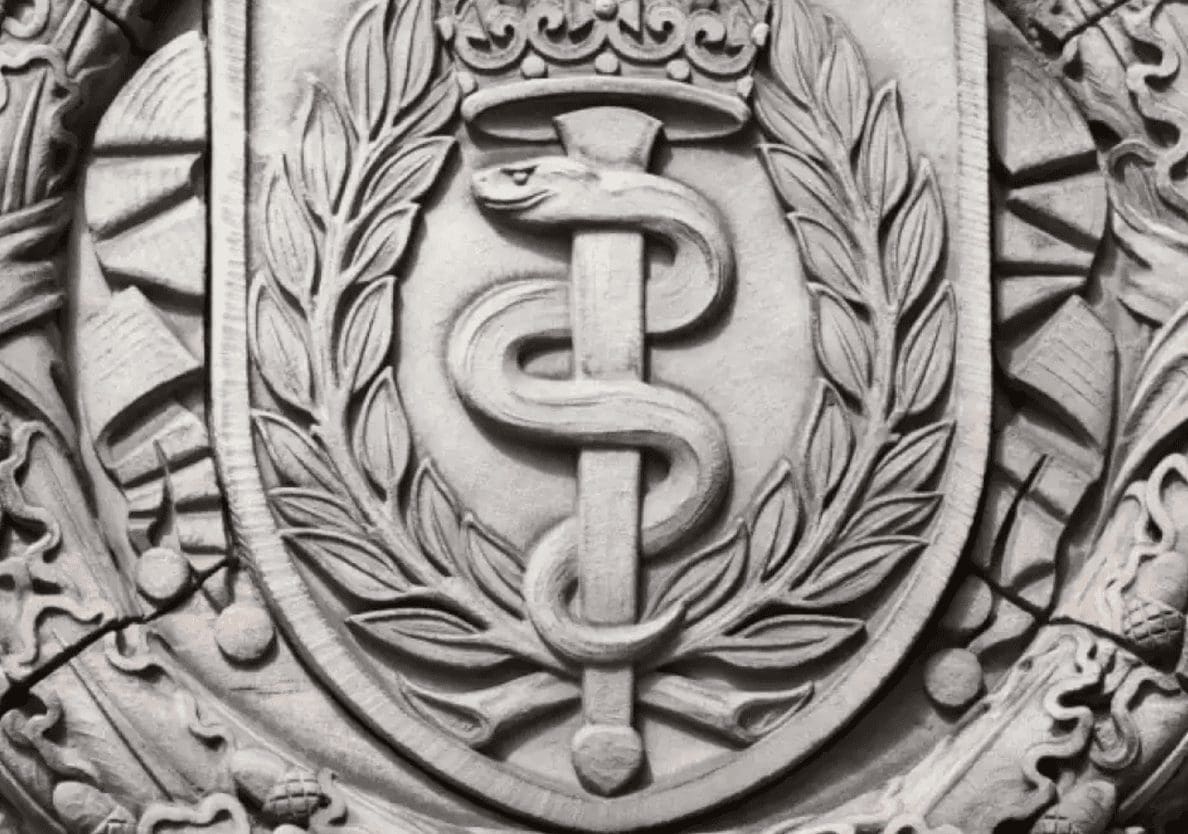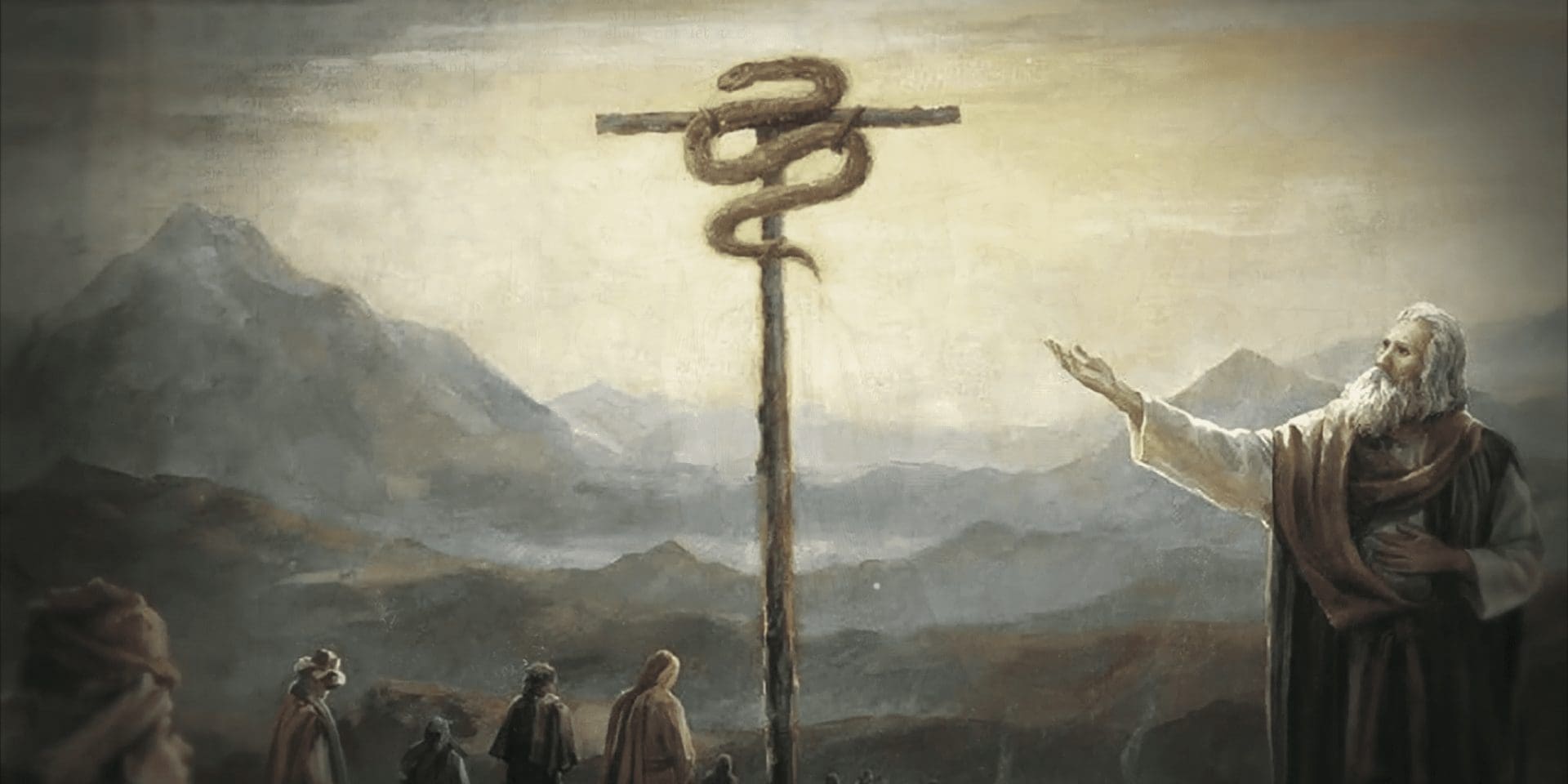For the wilderness wandering Israelites it had already been a long an arduous journey. But now they would have to travel from Mount Hor along the route to the Red Sea in order to go around Edom. The desert dwellers had had enough, and they complained against God and Moses saying: “Why have you brought us up out of Egypt to die in the wilderness? For there is no food and no water, and our soul loathes this worthless bread.” In response, “the Lord sent fiery serpents among the people, and they bit the people; and many of the people of Israel died.” (Numbers 21:5-6)
“While the original purpose of this bronze serpent was to save life, it later became a snare to the Israelites when they began to burn incense unto it.”
These fiery serpents were “venomous snakes with burning lethal bites” which quickly brought the Israelites unto repentance and God, in His mercy, “told Moses to mold a bronze likeness of a snake and place it on a pole so that anyone who looked on it would live.”[1] While the original purpose of this bronze serpent was to save life, unfortunately it later became a snare to the Israelites when they began to burn incense unto it. Fortunately, the godly king Hezekiah had it destroyed as a part of his reforms (2 Kings 18:4).
Curiously, this very real historical event recorded in the Bible may have actually influenced later mythologies. For example, the ancient Greco-Roman god of medicine, Asclepius, is portrayed with a serpent entwined rod. And the Greco-Roman god of commerce, Hermes, is portrayed with a double serpent entwined rod. Interestingly, both of these “serpent motifs are commonly used today to symbolize the practice and profession of medicine”[2], though use of the double serpent symbol (called a caduceus) is considered by many to be very inappropriate because of its association with the god of commerce who is also known as the “patron of lies, gamblers, and thieves”[3] not to mention a conductor of souls into the afterlife! As Stuart L. Tyson quipped, “As conductor of the dead to their subterranean abode, his emblem would seem more appropriate on a hearse than on a physician’s car.”[4] Nevertheless, these emblems, or at least the single serpent emblem, seem to originate with Moses’ bronze serpent.


Another possible throwback to this Biblical event is the festival of serpents: “Each year, around the beginning of August, the festival of serpents takes place in many regions of India. On that day, so say the devotees, cobras will not bite. Live cobras, or their images, are worshipped and handled. Snake worshipers also ritually feed sacred cobras reared in special shrines and even leave out milk as an offering to wild cobras.”[5]
Of course, the true significance of the Israelite’s bronze snake is that the enemy threat had been nullified. “Ancient custom dictated that when a bitter enemy was killed, his head was severed from his body and put on a pole to show his utter defeat. Thus the snake was lifted signifying the enemy was rendered powerless. Jesus likens this incident to His crucifixion. Satan thought his enemy was forever defeated but then came the resurrection.”[6]

Ryan Hembree is a daily co-host, speaker, and writer of Bible Discovery. He also hosts a YouTube channel that shows the unity of the Bible and how science and Scripture fit together. Ryan also has an honorary Masters of Ministry in Creation Science from Phoenix University of Theology.
[1] Ron Hembree, Quick Study Bible, 198
[2] Robert A. Wilcox & Emma M. Whitham, The Symbol of Modern Medicine: Why One Snake Is More Than Two,
https://annals.org/aim/article-abstract/716360/symbol-modern-medicine-why-one-snake-more-than-two?volume=138&issue=8&page=673
[3] Bernard Evslin, Gods, Demigods, & Demons: An Encyclopedia of Greek Mythology, 98.
[4] Tyson, Stuart L. (June 1932). “The Caduceus”. The Scientific Monthly, 34.
Cited from https://en.wikipedia.org/wiki/Caduceus_as_a_symbol_of_medicine#cite_ref-14
[5] Ron Hembree, Quick Study Bible, 198.
[6] Ibid.






